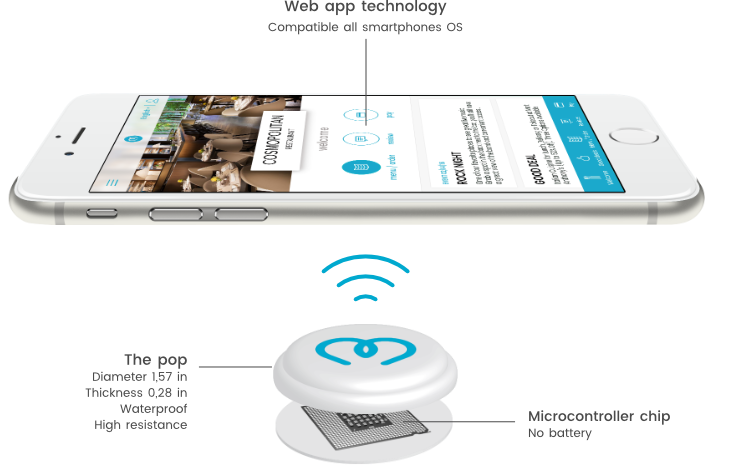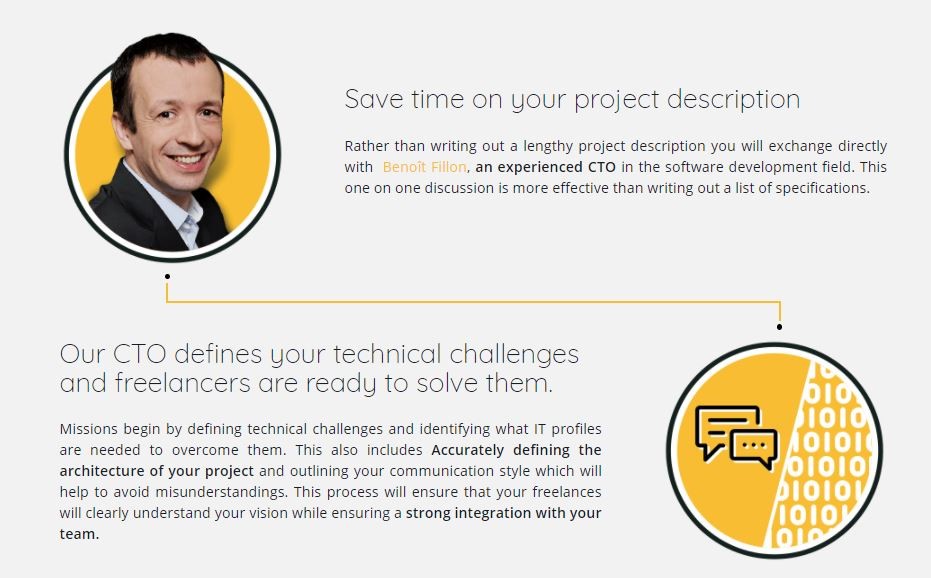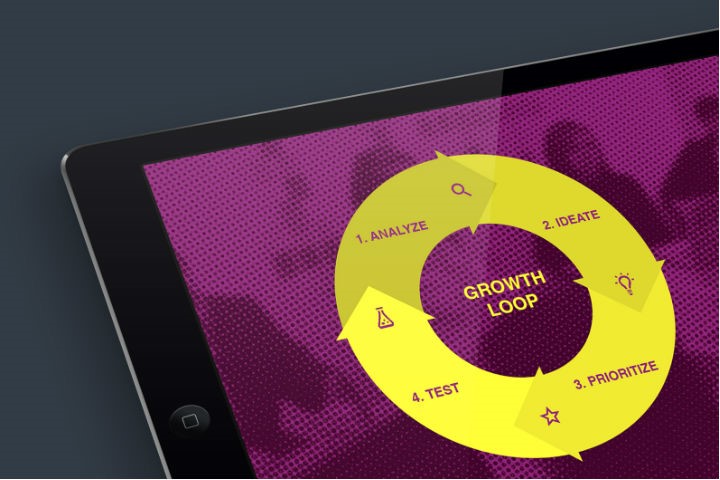Starting with this post I invite you to follow me on this blog and through my Newsletter which will be published twice a month where I will share my vision of Growth Hacking and Digital Growth. There are three main topics that I plan to focus on:
- Marketing innovations that can help you make a difference
- Our views on software governance, from product design to technology choices and team performance
- HR trends related to marketing and technology; understanding HR challenges is the name of the game
I will also showcase our clients, if they are pleased by the idea, because we are surrounded by an unbelievable number of innovators, ? including 7 unicorns ? coming from every corner of the Earth.
Today I want to talk to you about digital marketplaces and the freelance revolution. I will end by presenting the only way of designing a digital product with any chance of success, through growth hacking as styled by Jeff MIGNON of RevSquare.
? You can subscribe to my newsletter here.
A bit of new wave merchandising with pop’n link
Whenever I see the profusion of offers aimed at digitalizing physical spaces I wonder if we are at the tipping point where client engagement is more focused in digital rather than physical spaces. It’s already easy to see that we are spending much more time looking at screens than wandering along the aisles of a supermarket.
Here is a resolution for 2018. After spending years trying to get digital clients into commercial spaces, it’s time to start getting them to digital spaces. This is where pop’n link intervenes with unique technology that transforms every piece of furniture, tables, armchairs, doors, or any other inert object, into a dedicated digital interface.

The POP in pop’n link stands for Proof Of Presence, which sums up the whole idea. This technology is able to retarget users from physical to digital spaces by authenticating their presence and through broadening their physical universe with a contextualized web solution.
pop’n link’s technology is based on a nice, elegant button that you place your smartphone on. Each button has a unique, dynamic, and secure address, differing it from any other deployed buttons.
Their solutions for Retail, Food Service, and other industries are fantastic and you don’t have to set up a dedicated app in every location. In short, by using pop’n link you can:
- Order, pay or write a restaurant review as an authenticated user (without downloading any app beforehand)
- Obtain information about a product (without downloading any app beforehand)
- Get information about your audience at an event or keynote speech and later you can use it to check out of the hotel
- Once integrated with an app and an identification system, you can also use the technology to open a hotel door or a gate
Pentalog is proud to count pop’n link as one of our clients and RevSquare happy to recommend pop’n link to their clients.
If you want to learn more about how pop’n link can augment your business, reach out to Mickael Hiver. He will help you envision how to leverage this tech to increase your sales as well as your clients’ satisfaction from a Growth Hacking perspective.
Is freelancing really the future of IT work? To a certain extent …
At the crossroads of technology and labor practices everybody has seen freelancing emerge and gain traction as the new way of working. However we are not all equal in our approaches to freelancing. There are some companies that are suffering and who dream of recruiting but they have nothing that makes professionals dream of working for them (free shares, huge salaries, fabulous products); they turn to freelancing out of necessity. Other companies use freelancing as a means to address specific short term or unusual challenges. These latter companies fall under the category of those who know how to take advantage of freelancing.
There are others that, thanks to freelancing, have managed to create new services and even to uberize them either partially or completely. But what is even more surprising is the extraordinary appetite of the labor market for a framework that people find more interesting than risky. Holy evolution. What is it built on? Figures! As always.
For the first time in the last 20 years, the number of available developers (of all categories) is lower than the demand of developers (of all categories).
The localized pressure put on some technologies in the past has now become global. Risk is perceived completely differently in this context and optimizing revenue is not a bad calculation, from the worker’s point of view.
One day or another, you, employers, will have to resort to freelancing. You don’t have a choice. So make sure you are doing it the smart way. That means entrusting the selection of your freelancers to a real CTO instead of a semantic algorithm that will waste your time, who will help your choose a formula that manages all transitions between freelancing, recruitment, and outsourcing.
We have launched our Freelance service on the market and your opinion matters to me. Let us know what you think about Skillvalue freelancing.
If you are interested in having a conversation with a real IT expert who knows how to manage and leverage an IT community … talk to Eric Gouin. He is the right person to make this type of decision and can envision HR challenges in the context of your economic model.
How the BEAUTIFUL and the GOOD equates with growth hacking
(It is a funny subject, isn’t it?)
These days we have so much data that soon we might be asking a machine to tell us what is beautiful and what is ugly or what is good and what is bad or even what will work out and what won’t. Someone has to answer these questions when you are creating a product, no matter what it is.
What is beautiful? It’s what people find pleasing. And what do people find pleasing: blue or red? Plastic or leather? We already have all of this data. What price level will make consumers give up buying a product? We are actually starting to understand that what seemed to be reserved to sensibility and creativity is now analyzed at the speed of light.
When we speak about launching a product in a universe of brands failure rates are around 75%. In the universe of mobile apps, the failure rate is closer to 100% and most of them disappear one month after being launched.
I have no intention to talk nonsense. There is no magic formula. But there is a way of acting that is better than others because it leaves less room for intuition and improvisation: growth hacking.
The goal is simple, to multiply your chances of success from 10 to 20 … that means betting on a failure rate between 80 and 90%. No one can offer you more than this and you should be aware of what can realistically be offered. However, in the software industry, we must be able to achieve rates that are even lower than 50%.
What I have presented here is the version of growth hacking proposed by Jeff Mignon, the CEO of RevSquare, our branch dedicated to business development. To give you an idea before letting you read his full article, the secret lies in 3 main points:
- Continuously test and do it cheaply to generate data early. This will allow you to build the models and the equations that will help push your future digital growth.
- Design your marketing as if it were a product feature, which means considering virality as a function
- Consider deceptions and failures as process deliverables.
Whatever subject you’re attacking, software, IoT, web platform, e-commerce, there are growth hacking strategies available to you. If you want to learn all about it then go read Jeff’s article, The 4 steps of Growth Hacking or contact him directly.


 (6 votes, average: 4.83 out of 5)
(6 votes, average: 4.83 out of 5)








